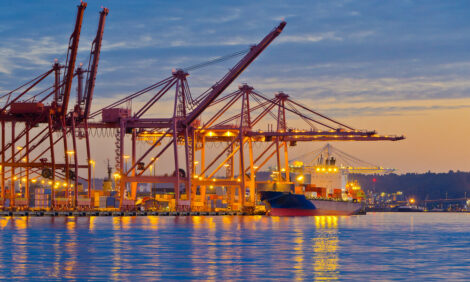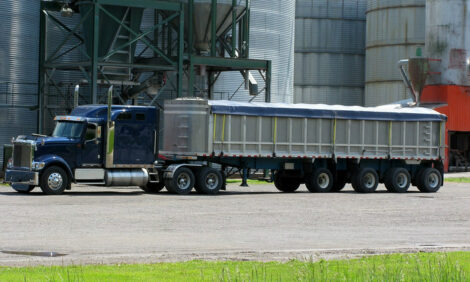



More can be done to reduce the negative impact of EU agriculture
A new study exploring the future of the agriculture sector in the European Union stresses that efficiency and replacing high climate impact inputs can reduce negative impacts.The European Commission-funded study, Future of EU Livestock, was carried out by Michael MacLeod, from Scotland’s Rural College (SRUC), and Jean-Louis Peyraud, from France's National Research Institute for Agriculture, Food and Environment (INRAE).
It found that while livestock in the EU is both economically and socially important – accounting for 40 per cent of agricultural output and providing jobs in marginal areas – it also has a range of negative environmental impacts, arising from nutrient losses to air and water, emission of greenhouse gases (GHG) and land use change.


Including production, transport and processing of feed, the EU livestock sector is responsible for more than 80 per cent of total agricultural GHG emissions.
However, the researchers warned against generalising about the negative impacts of livestock, as these varied depending on the commodity, system and location.
Some grazing systems can enhance biodiversity, and livestock can also support food security by enabling food to be produced from land unsuitable for crop production.
Dr MacLeod, a climate change researcher at SRUC, said a systematic approach was key.
“The sustainability of livestock can be enhanced via measures that seek to improve efficiency, replace high impact inputs with alternatives and exploit synergies,” he said.
“Europeans consume high levels of livestock products, and modest reductions may enable reduced impacts while providing health benefits.
“However, global demand for livestock commodities is increasing, so simply reducing EU livestock production, which is often relatively efficient, may simply displace production – and the associated impacts – to other regions, without reducing the total impact.
“Ultimately, we want to increase the net benefit of livestock production while ensuring an equitable distribution of the costs and benefits.”










